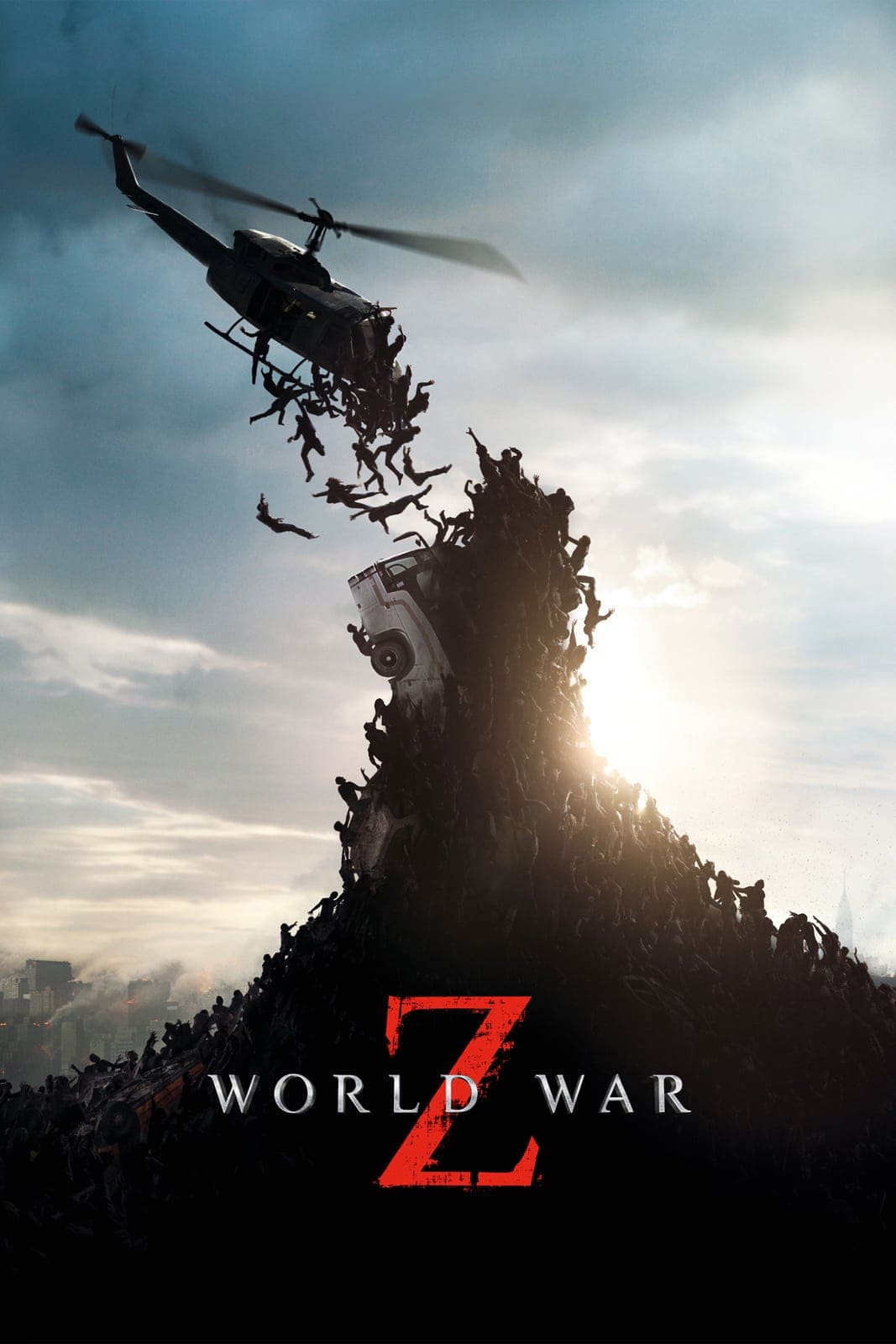
Life for former United Nations investigator Gerry Lane and his family seems content. Suddenly, the world is plagued by a mysterious infection turning whole human populations into rampaging mindless zombies. After barely escaping the chaos, Lane is persuaded to go on a mission to investigate this disease. What follows is a perilous trek around the world where Lane must brave horrific dangers and long odds to find answers before human civilization falls.
05 Feb World War Z (2013)
Angry Water
I understand that the development of this was a mess. What mattered to me were three things done well:
The transition from normal life to the human waves was jarringly effective. What I expect is a traditional zombie story. Some explanation and setup is given for the impending invasion and then we encounter the unrelenting but slowly moving threat. Here, we have a different formula: one we have tested with Tom Cruise and Will Smith: we are involved in everyday tedium and then bang! Explanations come later.
How do you innovate with this, make it more compelling? You leverage the effect mentioned in a moment. A tsunami builds. No one knows what is happening. You only know that people are desperate to flee at any cost and the panic is the initial horror. What could cause this? The pacing is perfectly timed to outrun our ability to absorb what is going on, just as it is for our on- screen folks.
Even in the midst of this shared confusion, we note that our hero has a different relationship to panic. (We know he is the hero only because he is Brad Pitt and that this film is produced by him for himself). He alone seems to absorb what is happening faster than anyone else, including us. We see him notice without knowing what he is understanding.
This is the highest level of craft, it seems to me, focused on the hardest part of the story, the beginning.
A second notable feature is what got this movie made, I suppose. The threat, at least in the first 2/3 of the movie, the original bits, is not zombies but zombie waves. Elsewhere I have written about using architectural water as a threat. A major advance was Perfect Storm and later Titanic where water could be given behaviour, personality. Then we had Hereafter, where Eastwood directed a tsunami with intent.
What we see here is mobs rendered as flows, and the CG processes being those used for water working against gravity. There is genius in this as well, and a genuine advance in the art. (This comment is on the two-d version. I cannot see how a three-d-ization could improve anything.)
We also have a couple sections of good writing (noticed by my writer partner). These are placed where we expect to hear boring exposition, something about military labs or space probes. Something dreary but necessary. The first instance is with the Harvard genius who we are told is our best hope for understanding. he gives a speech instead about the capricious weakness of violent nature. It is a magnificent short speech, and then this last hope is dispatched.
The second great hope is also a trope: the Jewish doctor. His speech is well crafted as well. It runs against what we expect from the genre; no exposition. It also runs against what we expect from the WASPy Harvard guy. It is instead a meditation on perception, something which furthers the (at that point still undeveloped) special power of our hero.
This thing falls apart in the ordinary challenge of wrapping up a story. You can tell where a weak last third was pasted on. Now the zombies become individuals again and the storyline stops countering the genre. This is tense in the traditional way and works, but is far from the skill level of the earlier decisions which placed us in a new place concerning our view.
Posted in 2014
Ted’s Evaluation — 3 of 3: Worth watching.


No Comments